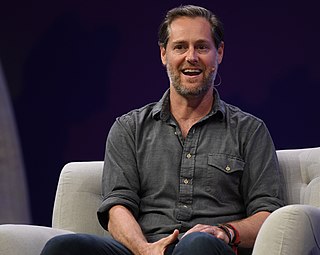A Quote by Simon Mainwaring
There is a growing awareness among brands that in order to participate in conversations that are taking place across social networks, they must join these discussions on the basis of something that is meaningful to their customers.
Related Quotes
The most potentially transformative impact of social media is its ability to encourage brands to marry profit and purpose. The reason brands participate is that such outreach earns those companies social currency enabling them to start or participate in conversations that connect them to consumers in meaningful ways.
Perhaps the most effective way to describe the approach a brand must take is to think of themselves as social cartographers. By that I mean that brands must simultaneously inspire, engage and maintain a series of conversations taking place within certain cultural landscape specific to their business goal.
In fact, I believe the first companies that make an effort to develop an authentic, transparent, and meaningful social contract with their fans and customers will turn out to be the ones that are the most successful in the future. While brands that refuse to make the effort will lose stature and customer loyalty.
Brands' use of social media is not a matter of yes or no. It is simply a matter of how and when. The next generation of consumers will expect their brands to always be available, providing interactive experiences and bringing value to our lives by taking advantage of social media tools in their marketing communications































